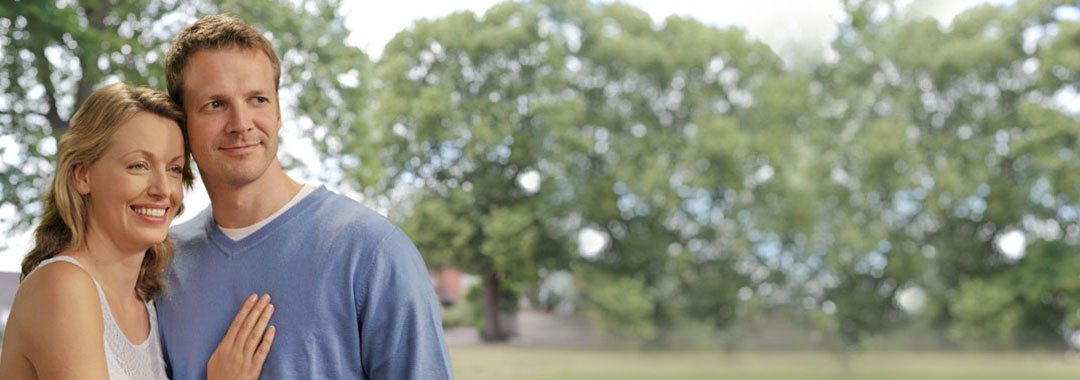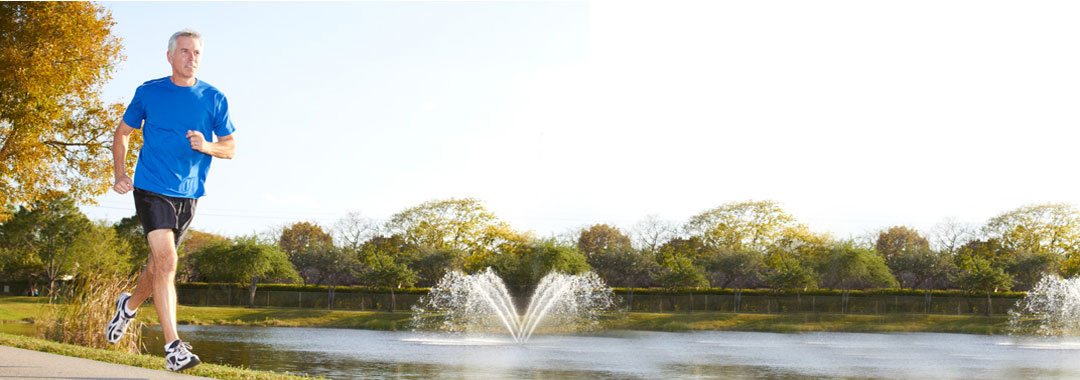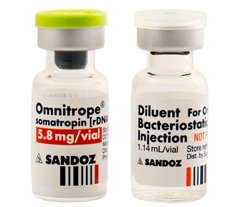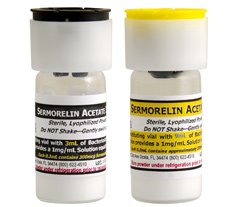Exercise to Increase Human Growth Hormone
When it comes to increasing human growth hormone production and levels during the day, nothing works better than exercise. However, it is essential to understand the science behind exercise for HGH to ensure the right type of physical activity. According to research, there is a linear relationship between exercise intensity and the magnitude of the acute growth hormone release increase.
How does HGH relate to exercise, and what are the best types of exercises to do to increase HGH levels?
In this report, we will discuss the connection between human growth hormone production and exercise. We will also examine how different types of exercise influence HGH levels during the day.
Is there a singular best exercise for HGH release?
Not really, as the situation changes depending on the age of the person, the gender, and the intensity at which the exercise is performed.
Young women have a higher magnitude of HGH release than young men, with older adults experiencing a significantly decreased output.
After aerobic exercise, growth hormone secretion increases for a short time, and then it once again decreases. The pituitary gland releases HGH in pulsatile bursts every three to five hours. Exercise can stimulate these bursts to occur sooner, or with greater magnitude. When only one period of exercise occurs during a 24-hour timespan, there is no overall change in HGH concentration. However, multiple bouts of exercise during 24 hours can significantly increase growth hormone concentration. Therefore, it is better to engage in multiple short workouts during a day rather than one longer session.
For older or obese adults, the combination of growth hormone secretagogues such as sermorelin or ipamorelin along with exercise may produce better results.
It is necessary to reach a threshold of exercise intensity to achieve a significant increase in HGH levels. Within 10 to 20 minutes of aerobic exercise, plasma HGH concentrations peak and remain at an elevated state for approximately 2 hours.
One study of healthy young men that were evaluated on three separate occasions separated by four weeks performing the following:
- No exercise
- Sequential (SEB) exercise consisting of three 30-minute exercise bouts performing at 70% maximal O2 (V˙o 2 max ) consumption at 1000, 1130, and 1300 (exercise repeated at 1.5-hour intervals)
- Delayed (DEB) exercise with three 30-minute exercise bouts performing at 70% V˙o 2 max consumption at 1000, 1400, and 1800 (exercise repeated at 4-hour intervals)
(V˙o 2 max was determined via a continuous cycle ergometer protocol beginning with cycling at 100 W for 3 minutes and increasing the power output by 25 W every subsequent 3 minutes until volitional fatigue. V˙o 2 max was the highest O2 consumption attained.)
The results show a significantly greater 24-hour concentration on exercise days, with sequential exercise providing the highest surges in HGH levels during the day, but with both methods producing similar 24-hour overall results. The subjects also fasted for longer intervals on the DEB day, which resulted in slightly higher integrated HGH concentrations following the second and third bouts of exercise.
The following exercises can help boost HGH levels:
- Progressive weight training
- Biking
- Swimming
- Jogging
- Treadmill running
- Stationary bicycle
- Rowing
- Stair climbing
- Running
- Cross-country skiing
- Combination weight training and aerobic exercise
High-intensity exercise, performed multiple times a day, produces the best increase in HGH levels.
Benefits of High-Intensity Interval Training to Increase HGH
Studies have shown that using high-intensity exercise for HGH increase is beneficial. Exercising above the lactate threshold for at least 10 minutes may help amplify the resting pulsatile release of HGH during the day.
Benefits of high-intensity aerobic activity as the best exercise for HGH secretion include:
- Improving fat metabolism and weight loss
- Lowering blood pressure levels
- Decreasing cortisol effects
- Strengthening the heart and lungs
- Increasing stamina and blood circulation
High-intensity interval (HIIT) training is one of the best ways to improve HGH levels. What is HIIT, and how do you do it?
HIIT is a form of exercise that begins with a moderate level of intensity for the chosen style of aerobic activity. After a few minutes, the participant then engages in a high-intensity interval to raise the heart rate above the lactate threshold for a brief time. For people looking to learn how to increase HGH with exercise, this is one of the best methods as it requires only 20 to 30 minutes of physical activity at a time. In fact, anything longer than 30 minutes falls into the category of endurance training, which can have a negative impact. We will discuss that subject more in the final section of this report.
Can you tell me how to do HIIT?
The goal is to reach maximum cardiac output for 20 to 30 seconds at a time, with recovery periods of 90 seconds to 2 minutes in between. For example, if you are using a stationary bike, you will peddle at a comfortable level for 2 minutes, increasing the speed to the maximum you can for no more than 30 seconds, and then reducing back down for a 2-minute recovery. Repeat the process for 20 to 30 minutes.
High-intensity interval training is one of the best ways to increase HGH production during the day.
Resistance Training Exercises That Increase HGH
Weight or resistance training is another optimum way to boost HGH levels. How does exercise increase HGH in this manner?
Resistance training exercise for HGH works best when using heavier loads, as they produce the largest HGH responses. The best way to accomplish this is to alternate between exercises rather than to take long rests between sets of the same exercise.
Does exercise release HGH in women?
Studies have found that women engaged in a long-term weight training program produce more growth hormone. Both moderate and heavy exercise regimens with 3 to 12 repetitions of varying weight loads increased HGH levels. A heavy loading cycle or workout as part of a resistance program not only increases HGH levels but also supports stronger muscles and bones.
The goal of resistance training is to work the large muscle groups of the body in singular exercises. When you want to lose weight while increasing HGH levels, use slightly lower weights with a maximum of 12 repetitions.
The exercises that accomplish that mission include:
- Deadlifts
- Bench presses
- Pullups
- Clean and press
- Bent over rows
- Lunges
- Pushups
To build muscle, increase the weight and use fewer reps. Never work the same group of muscles two days in a row. Limit resistance training to no more than four times per week, alternating days with HIIT training.
Resistance training using exercises that work the large muscle groups can help improve HGH levels.
Exercises That Inhibit HGH – What Not to Do
Endurance training has been linked to decreasing resting HGH levels and blunting the exercise-induced growth hormone response. Long periods (more than 30 minutes) of cardio-endurance training not only decreases HGH production in males but also lowers testosterone levels.
When looking at exercise to increase HGH, knowing what not to do is just as important. In one study, researchers found that using a light load with a higher number of repetitions produced no change in hormone levels. Whether doing aerobic or resistance activity, the intensity threshold must be reached to bring about a positive change.
For additional information about how to use exercise for HGH boosting naturally, please contact Kingsberg Medical for a free consultation.
Brian Leeber




















